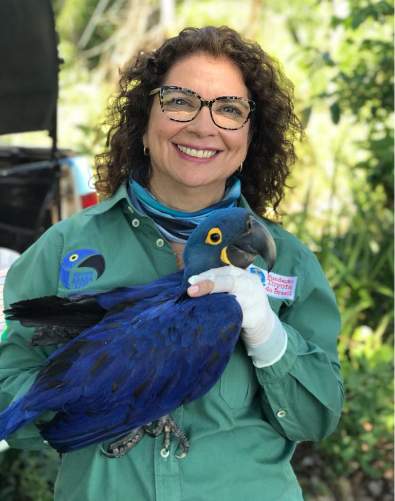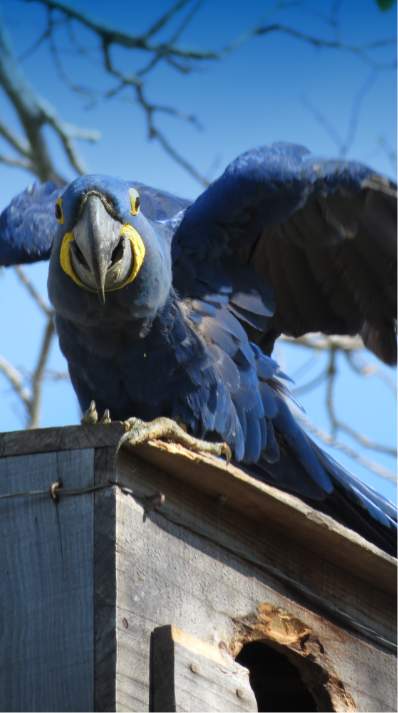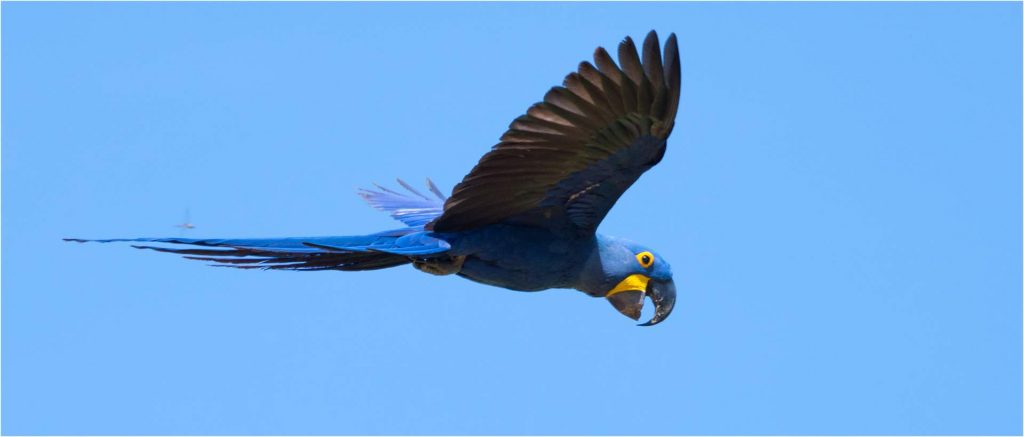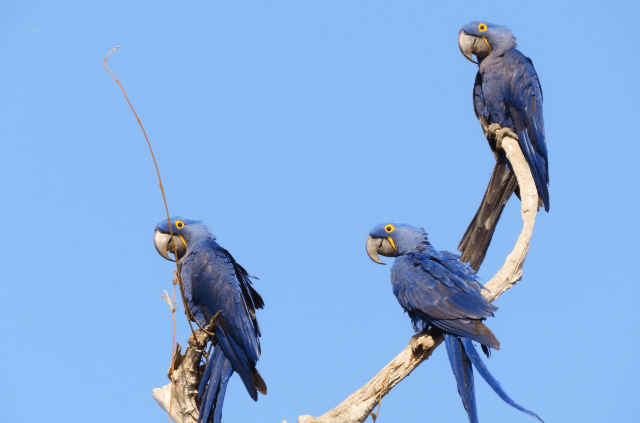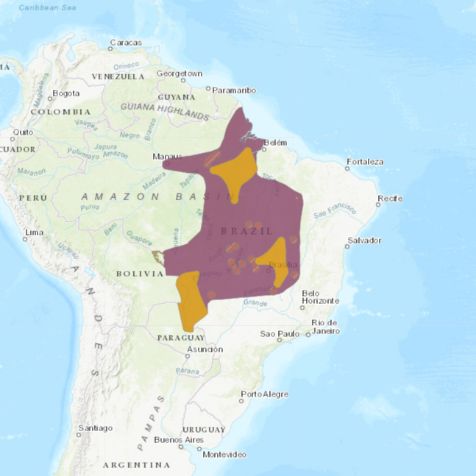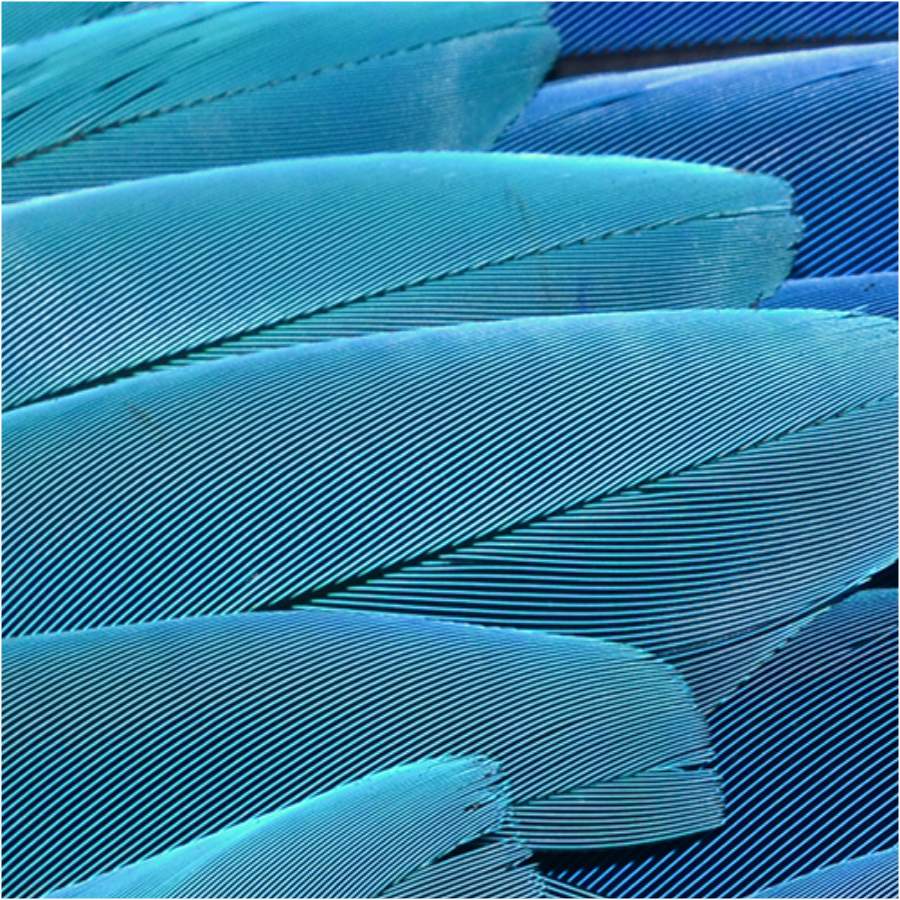After the couple is formed, they spend most of their time together sharing all the tasks. In July, they begin to inspect and renovate the cavities for the breeding period that is just beginning. The peak of reproduction can vary, but in general it occurs from September to October, and the rearing of the chicks can extend until January or February the following year. At this time, it is common to see disputes for nests between macaws and other species. Around 17 other species occupy artificial nests developed by the Hyacinth Macaw Project. The reproduction rate is low, and some couples only reproduce once every two years.
The female usually lays from one to three eggs, on different days; the average number of eggs is two. The female remains in the nest while brooding, and is fed by the male during this period. The incubation period of the egg(s) is 28 to 30 days. Studies show that the egg hatch rate (live hatchling) is 90%. The eggs can be preyed on by caracaras, toucans, jackdaws, coatis and possums, and the predation rate varies from 20 to 40%.
The chicks hatch weighing 31.6 grams and measuring 82.7 mm on average. In this phase, the parents go out to look for food so that the chicks can grow and gain weight quickly. Until the age of 45 days, the chicks are subject to predation by ants, toucans and hawks. However, the highest mortality rate occurs up to the fifth day of life of the second chick. When the age difference between the first and second chicks is greater than five days, the second chick rarely survives.
At the age of roughly 107 days (3 months), the chicks start to fly. They no longer return to the nests, but can remain in the vicinity or fly away with their parents. At this stage, they are still fed by their parents, but this is also when the chicks’ learning begins. They learn where and what to eat, where they can sleep, and how to defend themselves from predators. Starting around 9 to 10 months of age, the chicks are already able to feed themselves, but some still accompany their parents up to the age of 12 or 18 months, when they join bands of juveniles and leave the parents free to reproduce again. Only at around 7 to 9 years of age will these young adult birds start their reproductive life, forming couples and raising their families.
To exemplify the low reproductive rate of hyacinth macaws, of the 106 natural nests monitored in 1997, 70% (N=74) were active, 50 couples laid eggs, of which 9 were preyed upon. The rest produced 57 chicks, of which 44 successfully reached flying age.

